San Francisco has long been regarded as one of the most iconic cities in the world for LGBTQ+ culture. From its early days as a refuge for those on society’s margins to its modern-day celebration of queer identity and rights, the city’s gay scene has undergone an extraordinary transformation. The story of this rise is one of resilience, activism, creativity, and above all — community.
Early Seeds: Post-War Migration and Hidden Spaces
The roots of San Francisco’s gay community can be traced back to the post-World War II era. After the war, many military personnel who had been discharged for their sexuality found themselves stranded in port cities like San Francisco. Instead of returning home to face discrimination, many stayed and began quietly building communities.
By the 1950s, gay bars like The Black Cat and Finocchio’s were springing up in neighborhoods like North Beach and the Tenderloin. Though routinely raided by police, these establishments became rare safe havens for queer people. The scene was still largely underground, operating in the shadows of legality and social acceptance, but it was the beginning of a cultural movement.
The Castro: A Neighborhood Transformed
The 1960s and 70s brought monumental change, most notably the transformation of the Castro District into a thriving gay enclave. Originally a working-class Irish Catholic neighborhood, the Castro quickly changed as gay men began buying up cheap real estate and opening businesses.
By the early 70s, rainbow flags flew from windows and gay-owned bookstores, bars, and cafes became common. It wasn’t just about nightlife — it was about visibility, safety, and identity. The Castro became a place where people could walk hand-in-hand without fear. It was also deeply political.
Enter Harvey Milk, the first openly gay man elected to public office in California. His 1977 election to the San Francisco Board of Supervisors was a landmark moment for the LGBTQ+ rights movement. Milk’s assassination just a year later sent shockwaves through the city but galvanized a generation of queer activists.
Nightlife as Resistance and Release
While activism defined the political rise of the gay community, nightlife played a key role in its social evolution. Bars, clubs, and bathhouses were not just places to dance or flirt — they were sanctuaries where people formed families, found lovers, and felt free.
Venues like Trocadero Transfer, The EndUp, and SF Eagle became legendary for their music, style, and culture. The leather scene flourished in SoMa (South of Market), while drag queens dazzled on stages in the Castro. San Francisco became a proving ground for queer performance art, fashion, and alternative lifestyles.
These venues also served as organizing points. Fundraisers, rallies, and protests often began in bars or clubs. Nightlife became both a celebration and a tool for change.
The AIDS Crisis: Tragedy and Mobilization
The 1980s brought devastation with the onset of the AIDS epidemic. San Francisco, with its large and visible gay population, was one of the hardest-hit cities. Entire communities were decimated. Friends, partners, artists, and activists were lost in staggering numbers.
But out of that tragedy came extraordinary resilience. San Francisco’s LGBTQ+ community mobilized like never before. Grassroots organizations like the San Francisco AIDS Foundation and ACT UP emerged. The Names Project AIDS Memorial Quilt, started in San Francisco, would become one of the most powerful symbols of the crisis.
The gay scene changed — nightlife became more cautious, bathhouses closed, and public health campaigns took over street corners. Yet the community’s visibility and unity only grew stronger.
Pride and Progress
By the 1990s and 2000s, the narrative began to shift again. With improved treatments for HIV and greater legal protections, the San Francisco gay scene started to flourish in new ways. Pride parades, once protest marches, became full-fledged festivals of love, color, and identity.
Neighborhoods beyond the Castro — like the Mission, SoMa, and even the historically conservative Marina — began to embrace LGBTQ+ culture. Lesbian bars, trans visibility, queer-owned restaurants, and inclusive spaces multiplied across the city. The scene became more diverse, intersectional, and open to all gender identities and sexual orientations.
San Francisco also became a pioneer in LGBTQ+ legislation: domestic partnership laws, same-sex marriage advocacy, and anti-discrimination measures took root here long before becoming national trends.
Contemporary Scene: Innovation and Inclusion
Today, the gay scene in San Francisco is more than just vibrant — it’s dynamic and ever-evolving. Classic venues like Twin Peaks Tavern and The Stud (now a collective-owned co-op) coexist with newer queer collectives, pop-up parties, and immersive art installations.
Events like Folsom Street Fair, Dyke March, Trans March, and Frameline Film Festival reflect a diverse and growing queer culture that goes far beyond gay male identity. Genderqueer, BIPOC, and non-binary voices are shaping the scene in vital new ways.
The tech boom of the 2010s brought new challenges, such as gentrification and the displacement of historically queer spaces. Yet the community continues to adapt, building alliances and reimagining what queer visibility and expression can look like in a modern urban context.
A Legacy and a Future
The rise of San Francisco’s gay scene is not just a chapter in the city’s history — it’s a central thread of its identity. From whispered conversations in back rooms to rainbow banners hanging proudly over Castro Street, the journey reflects how a marginalized community claimed space, dignity, and joy.
San Francisco remains a beacon for LGBTQ+ people worldwide. Not because it’s perfect — but because it embodies the messy, beautiful reality of progress: driven by love, resistance, and an enduring refusal to be invisible.

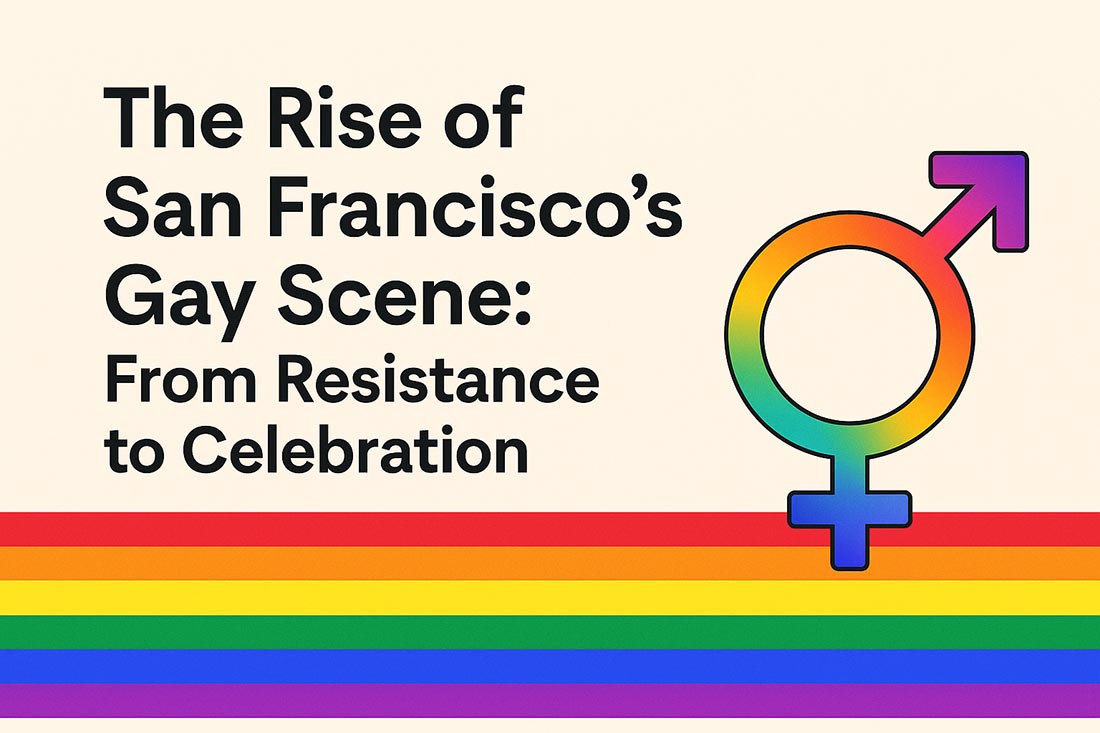
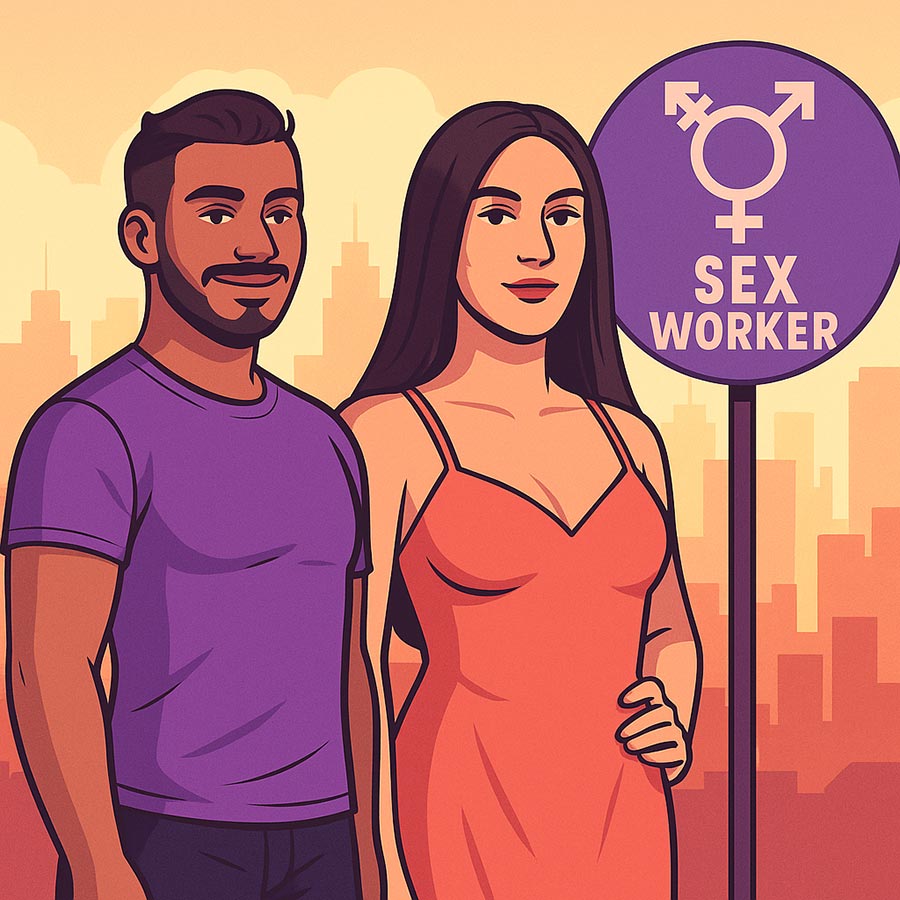
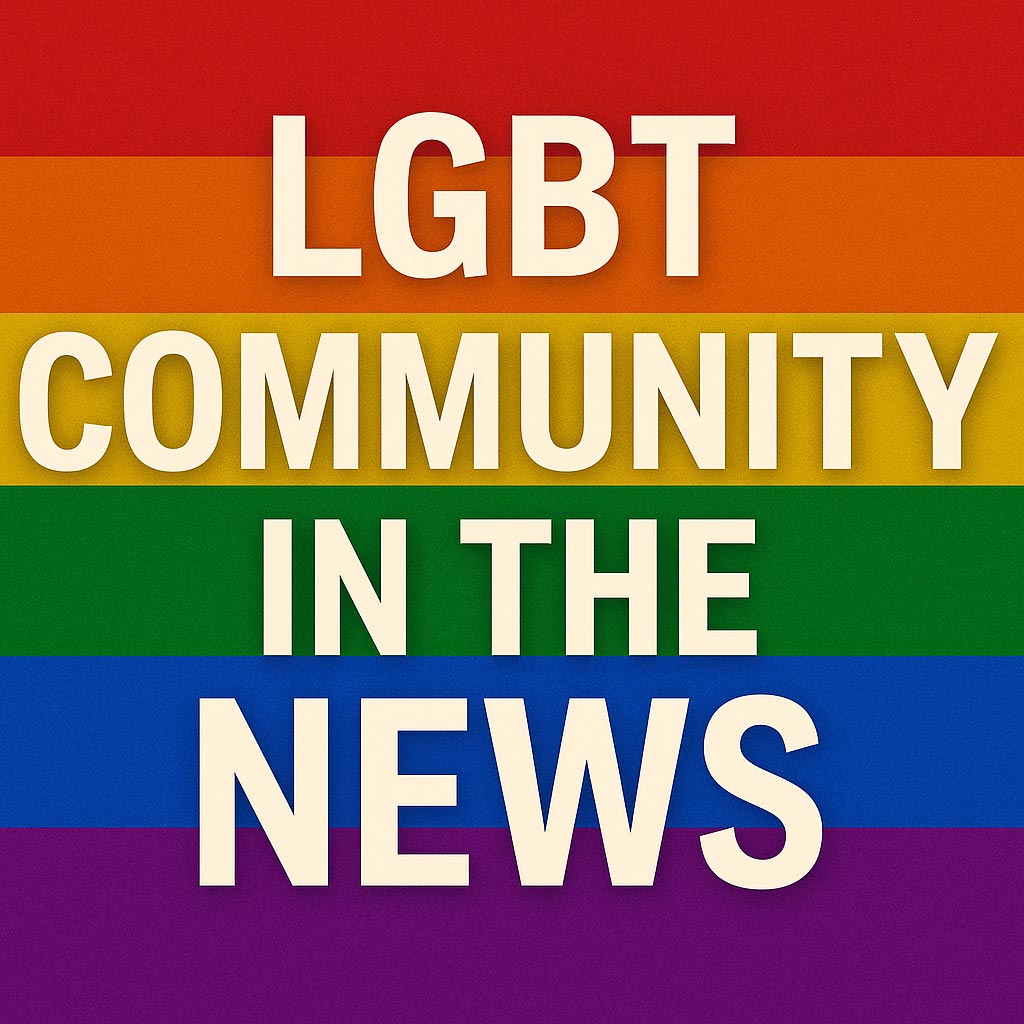
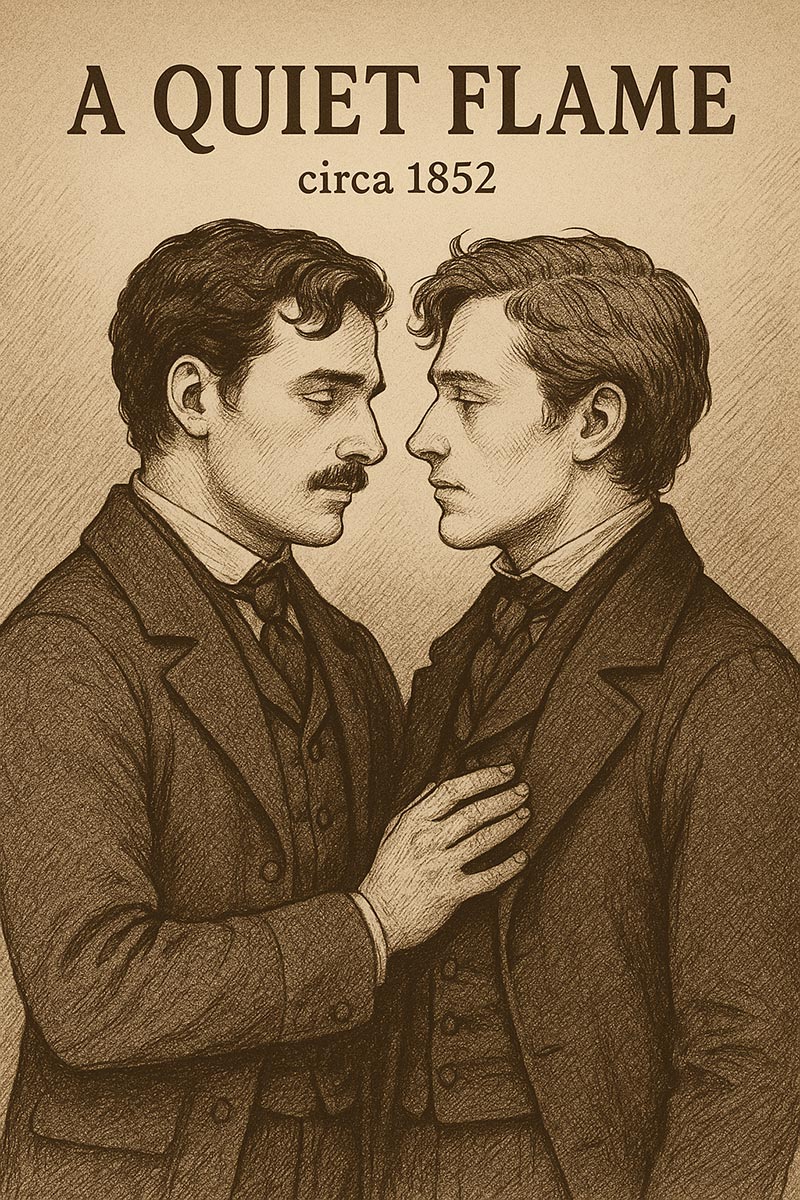
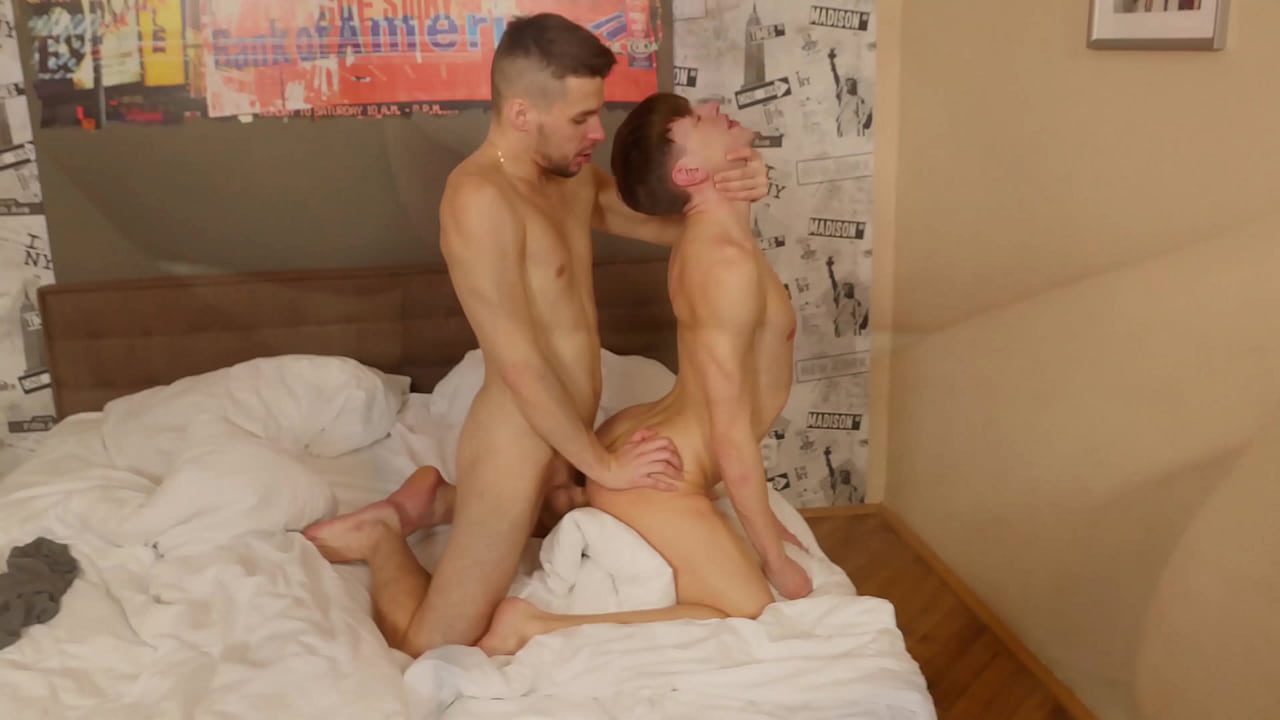
Leave a Reply